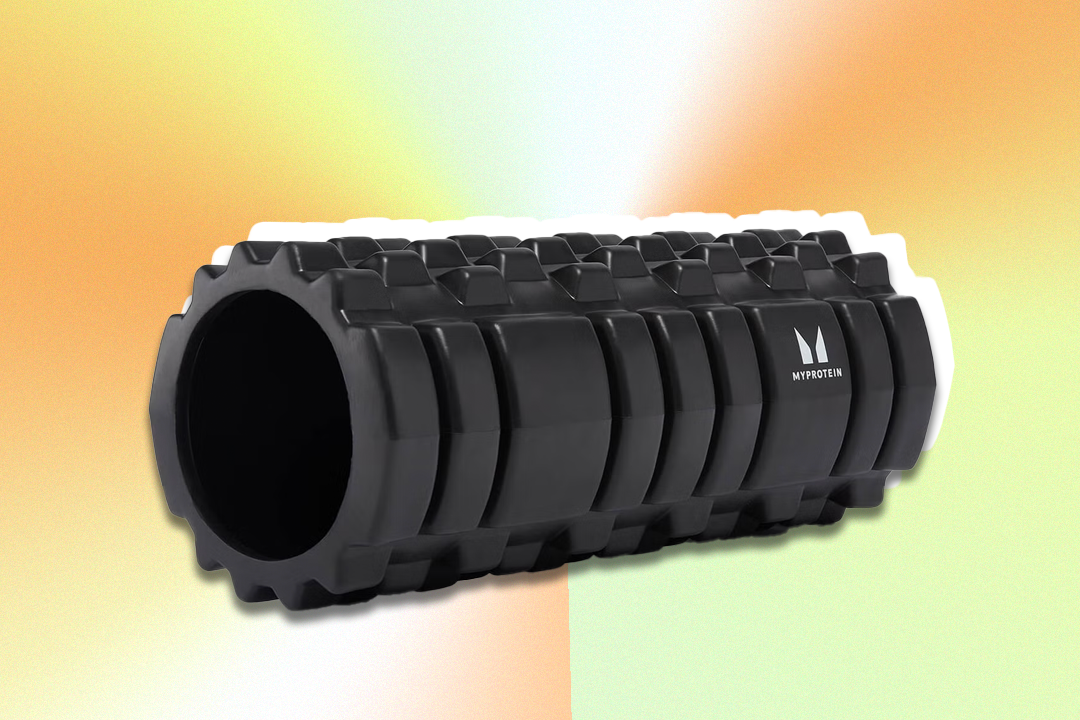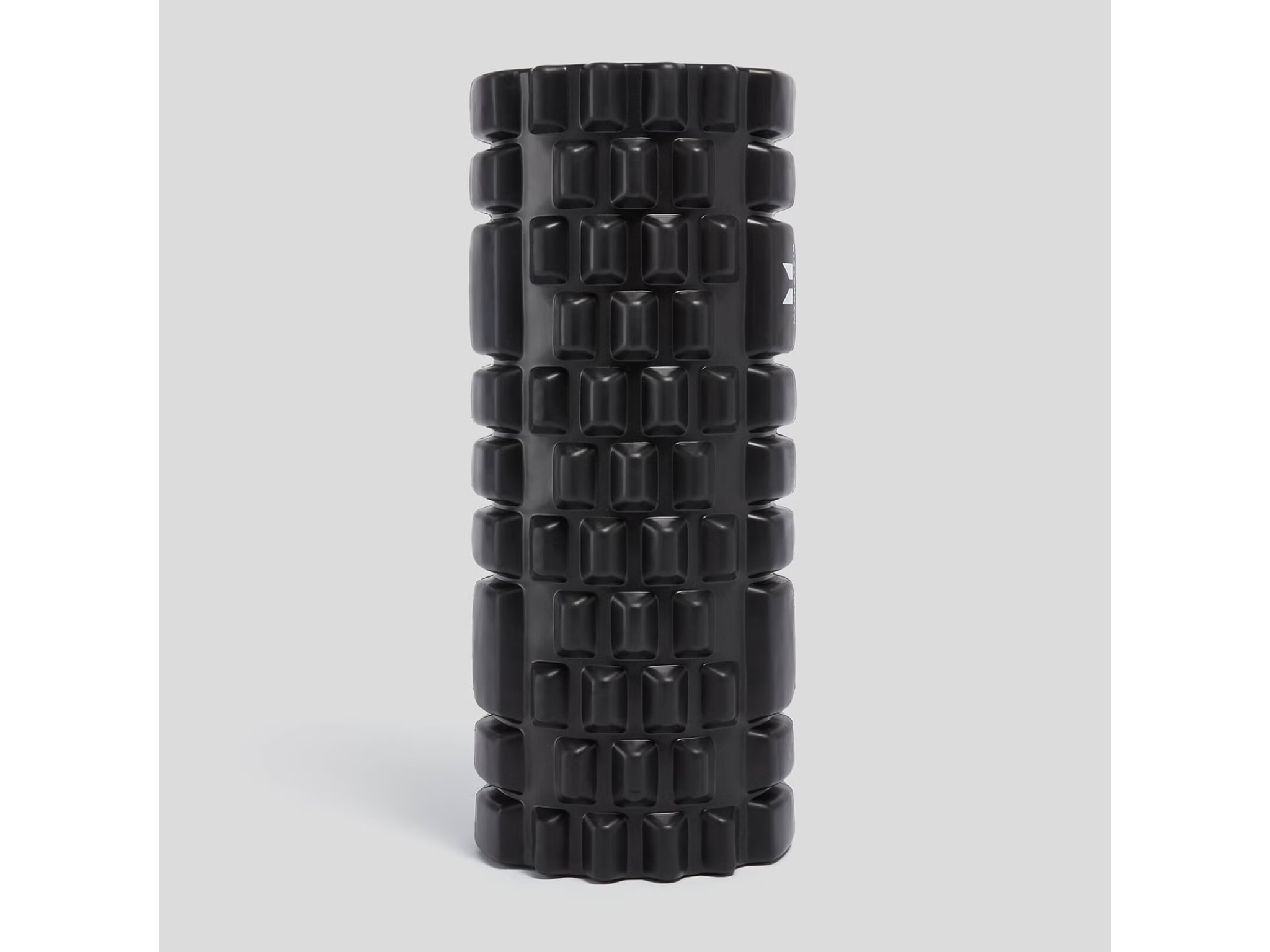The Independent's journalism is supported by our readers. When you purchase through links on our site, we may earn commission.
How to prevent DOMS with this one gym essential
It’s easy to overdo it when working out, but here's what you need to relieve sore muscles

Your support helps us to tell the story
From reproductive rights to climate change to Big Tech, The Independent is on the ground when the story is developing. Whether it's investigating the financials of Elon Musk's pro-Trump PAC or producing our latest documentary, 'The A Word', which shines a light on the American women fighting for reproductive rights, we know how important it is to parse out the facts from the messaging.
At such a critical moment in US history, we need reporters on the ground. Your donation allows us to keep sending journalists to speak to both sides of the story.
The Independent is trusted by Americans across the entire political spectrum. And unlike many other quality news outlets, we choose not to lock Americans out of our reporting and analysis with paywalls. We believe quality journalism should be available to everyone, paid for by those who can afford it.
Your support makes all the difference.It’s easy to get carried away and overdo it when working out, but this can lead to sore muscles in the 24 to 72 hours following, known as delayed onset muscle soreness (DOMS).
According to the NHS, it can occur when you start a new exercise programme, change your exercise routine, or increase the duration or intensity of your regular workout.
Lucie Cowan, master trainer at Third Space London, told The Independent that mild soreness after a workout is generally not a bad thing, and is somewhat to be expected after returning to the gym.
“Stress to muscles from exercise causes tiny microscopic tears in our muscle fibres, which serves a purpose: when those fibres rebuild, the muscle fibres thicken and the muscle becomes stronger,” she says.
According to Cowan, while it’s normal to experience DOMS, ignoring it can cause more harm than good and can lead to extreme soreness, burnout and future injuries.
To prevent it, the trainer recommends building up your activity gradually: “The good news is that your body does acclimatise to increased levels of activity, so DOMS should reduce in frequency and lessen over time, only resurfacing with changes in your programme.”
She explains that the ultimate goal of any training program is to find the optimal balance between work and recovery: “While you regain that long-awaited focus and motivation on your fitness goals after lockdown, make sure you allow time to ease yourself into each session with at least 10 minutes of mobility and allow time to fully recover to really ensure that what you’re doing is sustainable and beneficial.”
While DOMS should improve on its own after 72 hours, there are ways to speed up your recovery.
Myprotein foam roller: £28, Myprotein.com

While often divisive, Cowan is a firm believer in foam rolling, both before and after training.
“Foam rolling for 10 minutes after an intense workout is beneficial as it increases blood circulation to the muscles and connective tissues, which helps to increase oxygen and nutrient delivery to the areas of damage, to speed up the removal of waste such as lactate and deliver more nutrients to the damaged fibres,” she says.
Myprotein’s foam roller features grooves and bumps to support muscle release. Should you be unsure of how to use it, it comes with a handy instruction guide.
Looking for more Myprotein must-haves? The brand has partnered with Marvel and released and exclusive range of protein powder
